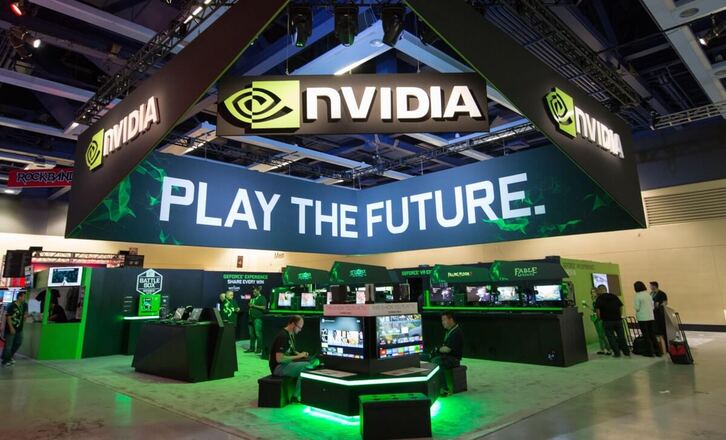Coles and Woolworths, the dominant supermarket chains in Australia, are currently facing intense scrutiny. Various inquiries and investigations have been launched to examine their pricing practices, potential anti-competitive behavior, and the link between their practices and inflation. Recently, the two companies were featured on the ABC current affairs program Four Corners, where their CEOs gave interviews that were met with criticism. Woolworths CEO Brad Banducci even announced his retirement shortly after the program aired.
While the focus on the power of these supermarket giants is long overdue, there is one aspect that has received little attention: their growing high-tech surveillance and control infrastructure. Coles and Woolworths have implemented technologies that treat their stores as “problem spaces” where workers are controlled, customers are tracked, and profits are maximized.
To combat shoplifting, both supermarkets have introduced customer surveillance measures that treat every customer as a potential thief. This includes ceiling cameras that assign a digital ID to individuals and track them throughout the store, as well as “smart” exit gates that remain closed until a purchase is made. Some customers have reported being trapped by these gates even after paying for their items, causing embarrassment.
Woolworths has taken surveillance further by installing 500 mini cameras on product shelves to monitor real-time stock levels. The purpose of these cameras, whether for inventory management or surveillance, remains unclear. Workers themselves are also being fitted with body-worn cameras and wearable alarms to protect against customer aggression. However, this data collection could also be used for disciplinary purposes.
In addition to surveillance measures, both supermarkets are investing in data-driven “crime intelligence” software. They have partnered with companies like Auror and Palantir to predict and prevent crime. These measures aim to make self-service checkouts more secure without increasing staff numbers, but they contribute to a vicious cycle as understaffing and high prices often lead to customer aggression in the first place.
Furthermore, Coles and Woolworths have incorporated gig economy workers into their delivery infrastructure. Uber and Doordash drivers now play a role in home delivery, allowing the supermarkets to shift last-mile delivery costs onto gig workers. However, these gig workers face precarious working conditions and often earn less than the minimum wage.
Overall, the high-tech measures implemented by Coles and Woolworths create a system of surveillance and control that affects both customers and workers. While issues of market competition and pricing practices are important, the issues of worker and customer surveillance must also be addressed.

